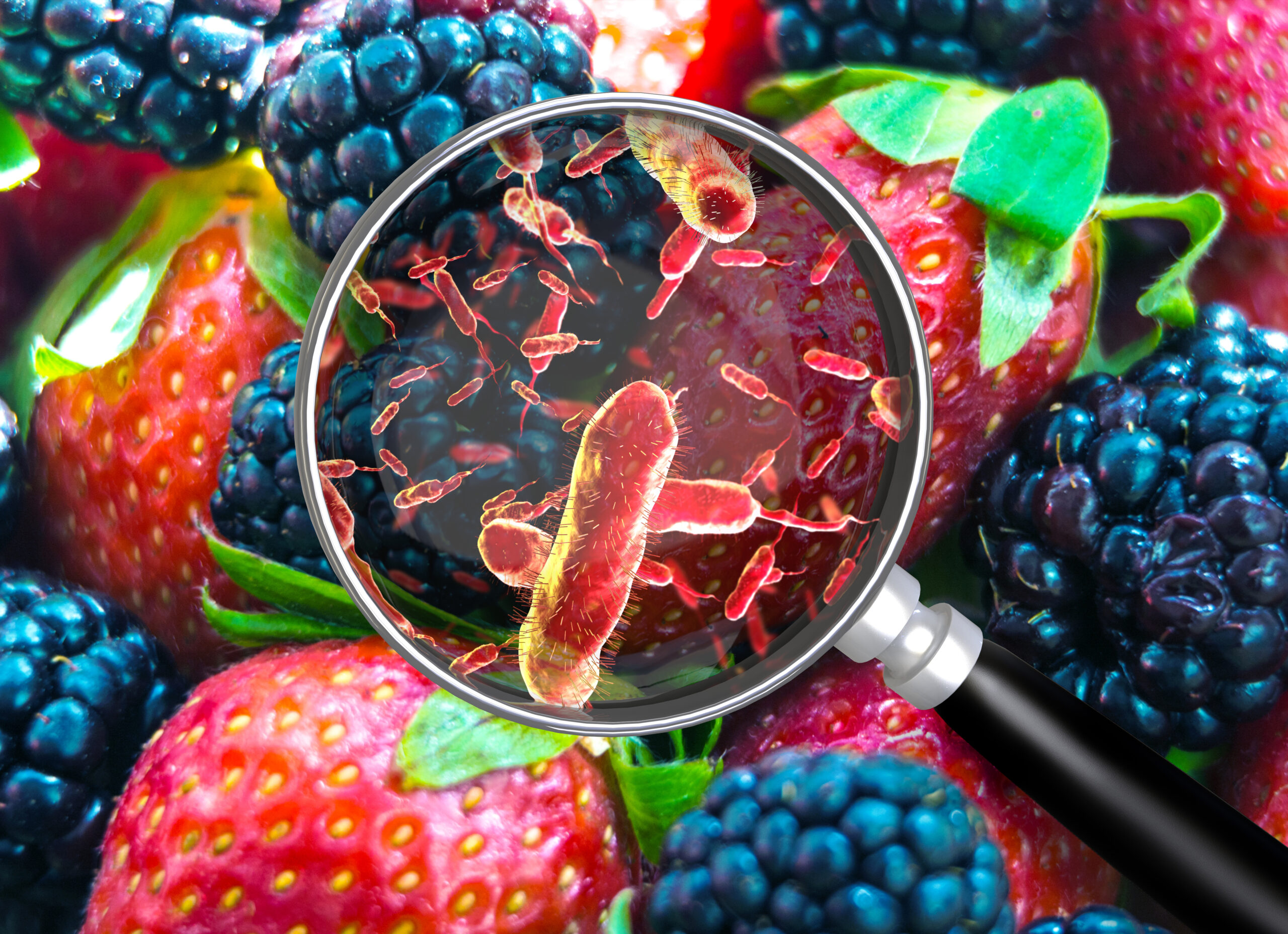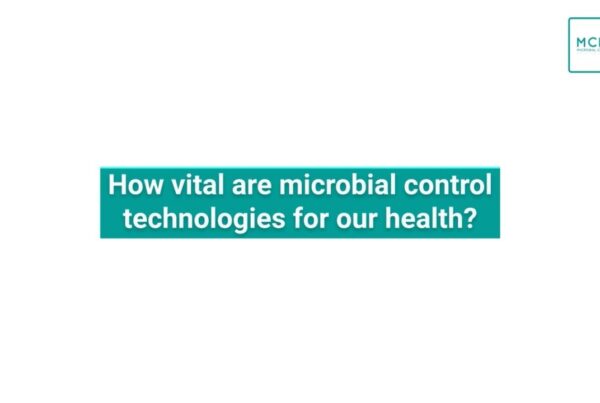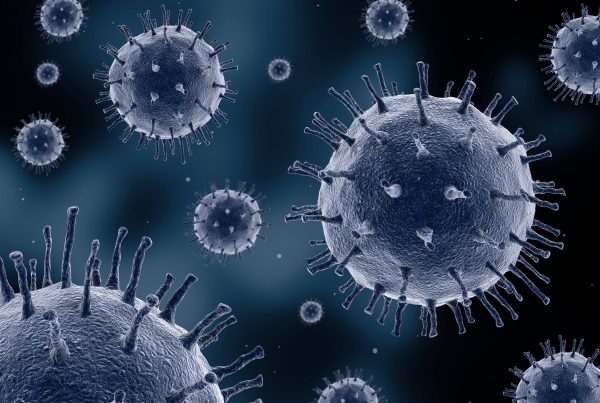That climate change is affecting the world we live in, is not breaking news. Did you ever consider, however, the effect that environmental changes may have on food- and waterborne illnesses?
There is growing scientific evidence that increasing temperatures could lead to a higher number of infections by foodborne pathogens like Salmonella spp. and Campylobacter spp., as noted by the UN Food and Agriculture Organization (FAO) in its report, ‘Climate Change: Unpacking the burden on food safety’.
Salmonella infection (salmonellosis) is a common – but serious – bacterial disease that affects the intestines. Humans are infected mostly through contaminated water or food. However, the most common bacterial cause of gastroenteritis is Campylobacter. It is one of four key global causes of diarrhoeal diseases according to the World Health Organisation (WHO). It usually results from undercooked meat products, as well as raw or contaminated milk, or water or ice.
These diseases not only have a major impact on our health, but also on the economy. According to the WHO, among approximately 600 million cases of foodborne illness worldwide in 2010, 550 million were due to diarrhoeal diseases caused by infectious agents such as norovirus, Campylobacter spp., Vibrio cholerae, and others. In the US alone, food-related businesses spend an estimated USD 7 billion per year in response to food safety incidents related to their products. These costs are associated with notification of consumers, removal of products from shelves and payment of damages resulting from lawsuits (Hussain and Dawson, 2013).
Microbial control technologies can reduce foodborne outbreaks by producing the disinfectants and sanitisers used to clean the facilities where food is being produced. This leads to benefits for our health and our economy, and contributes to ensure trust in the food we need and enjoy.






